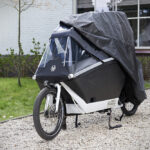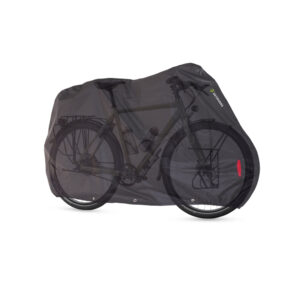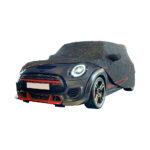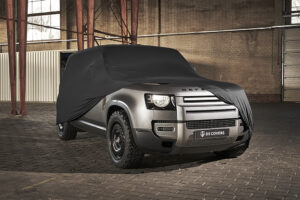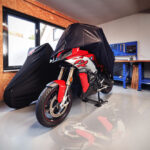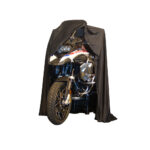Use and maintenance
Below you will find a series of usage and maintenance tips. By applying these, you will enjoy your DS COVERS product longer. If you have any questions/comments about this, please contact us.
Dry and clean
Make sure your vehicle is completely dry and clean before placing a cover over it.
Cooling down
Make sure you have sufficiently cooled down your vehicle before you place the cover. An exhaust in particular can become very hot, allowing the cover to melt on the exhaust. Condensation may also form if the vehicle has not cooled down completely. You can prevent this by cooling down the vehicle first.
Check
Despite the fact that the material of the covers for outdoor use is waterproof, moisture can end up under a cover in various ways. For example, due to rising damp from the bottom, condensation due to a temperature difference between inside and outside the cover or when the vehicle is placed not completely dry under the cover – after washing in a car wash, a car is not completely dry despite being blown dry. When using a cover for outdoor use, we recommend that you regularly (weekly) check the condition under the protective cover. In any case, check after every (heavy) rain shower if the relevant protective cover is used in a place that is mainly in the shade.
Puddles of rainwater
Try to prevent puddles of rainwater on your cover as much as possible. After a heavy rain shower always check for puddles of rainwater and remove it if necessary.
Ventilation
Preferably use an outdoor cover for a maximum of a few days in a row. If you use an outdoor cover for a longer period of time, remove it from the vehicle once every one or two weeks to ventilate, especially if it rains a lot. Despite the ventilation options, moisture can get/build under the cover in many ways. Do you place the cover over your vehicle again, then make sure that both are completely dry.
Algae formation
Prevent algae formation by not placing your covered vehicle under a tree or next to a bush for a longer period of time.
Car paint/wax/coating
Has your car/motorbike/scooter recently been sprayed or treated with, for example, a glass coating or wax? Then make sure that the paint/(wax) coating has completely hardened before using an outdoor cover. Sunlight can cause the temperature under the cover to rise high, which could cause blisters if the paint is not fully cured.
Surface
Always place your vehicle on a dry surface. When puddles can easily form under the vehicle, moisture can easily rise and end up under the cover. In the case of a motorcycle/scooter: also provide a stable surface, preferably out of the wind as much as possible. By using a protective cover, your motorcycle/scooter can catch more wind and therefore possibly fall over.
Cleaning the cover:
– Brush off loose dirt with a soft bristle.
– Only rinse the cover with fresh water.
– Don’t use soap: it damages the water resistant coating.
Remove stains:
– Bird droppings: rinse off with water as much as possible and brush away the remainder with a soft bristle when it’s dry.
– Resin droplets: gently skim off with a spoon. Dry the remainder and then gently crush it between your fingers.
Storage
To keep your cover in good condition, it’s necessary to store it clean and dry, for example in the supplied storage bag.
Maintenance spray
Prolonged exposure to UV radiation has a decreasing effect on the waterproof and repellency of an outdoor cover. It is therefore advisable to treat a cover that is used intensively once a year with a maintenance spray so that it can optimally protect your vehicle again.
Use during transport
Please note: except for the STAR and EAGLE II bicycle carrier covers, none of our covers have been specially developed for use during transport. If you do wish to use one of our covers during transport of your car/bicycle/motorcycle/scooter on, for example, a bicycle/scooter carrier behind a motorhome/caravan or on a motorcycle/car trailer, we recommend additionally securing it with lashing straps or luggage binders to prevent rapid wear from flapping in the wind. Check the condition of the cover thoroughly after a few miles and then at every stop.
Accessories
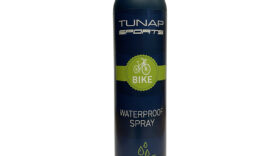
Maintenance spray

Lashing strap set
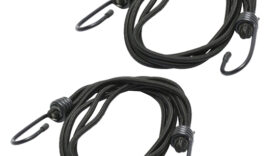
Luggage binder set

